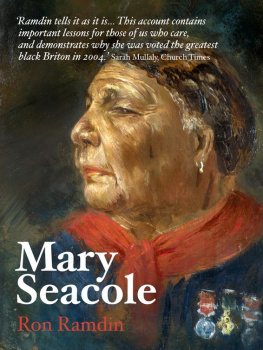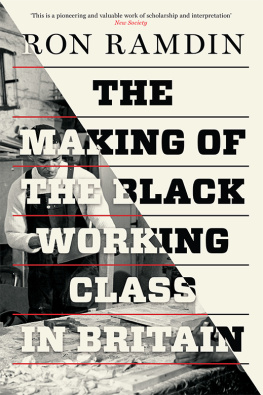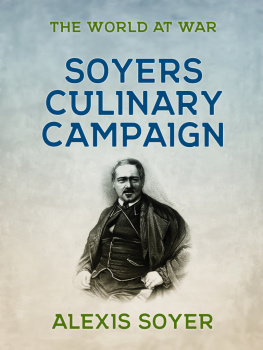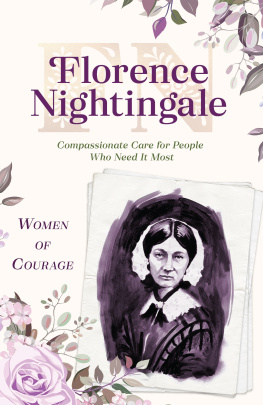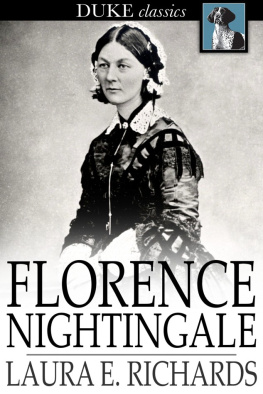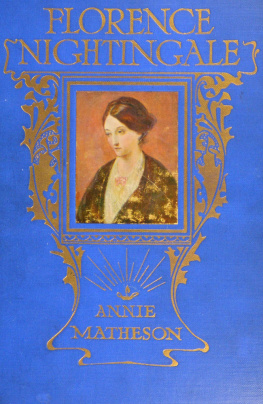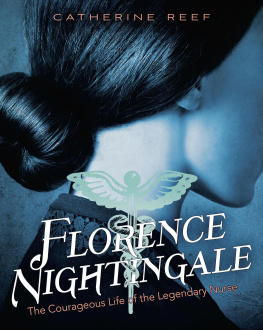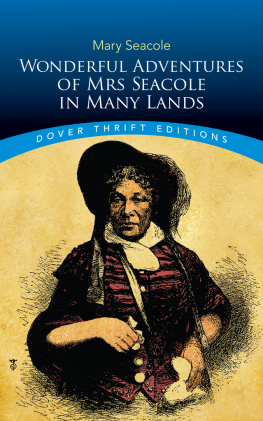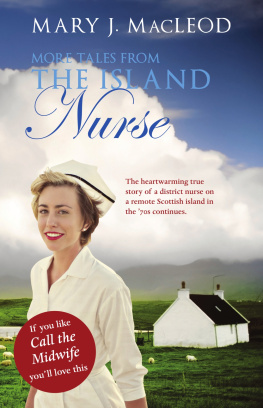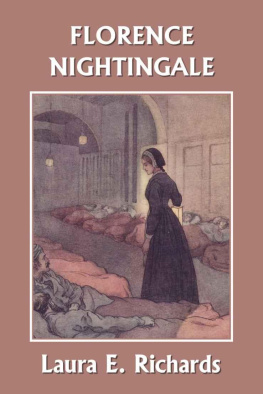Mary Seacole was born in Jamaica in 1805. She came to England in the hope of serving as a nurse in the Crimean War. Through sheer tenacity she eventually travelled to the Crimea with a letter of introduction from an English doctor to Florence Nightingale. After reading this letter, the Lady with the Lamp, said she would be very happy to do all she could to help. Amidst many dangers, and against all odds, the unknown Jamaican nurse won deserved praise for devoted service to the British soldiers she mothered during the Crimean campaign.
Mary Seacole was born in Kingston, capital of the British island of Jamaica, in 1805. She did not give us this year herself, nor the precise day or month of her birth. She was shy of divulging such details and, in response to the question in later life, she wrote that as a female and awidow, I may be well excused giving the precise date of this importantevent. But I do not mind confessing that the century and myself were bothyoung together and we have grown side by side into age andconsequence.
In the early 19th century, the question of colour was a major issue in Jamaica. Early researchers have commented that in order to fully understand Mary Seacoles achievements, her work must be measured against the time in which she lived and the restrictions under which she had to operate. In 1807, two years after her birth, Britain had abolished the slave trade, but the institution of slavery persisted. In order to enjoy civil rights, in Jamaican society at this time, colour was all important and throughout her childhood and for the rest of her life, Mary would have been aware of its relevance. According to Rex Nettleford, for those aspiring to become citizens, the most difficult obligation of all in the scheme of preparation would have been the dilution of colour. It took three generations to become a Jamaican white by law. Those wishing to gain social ascendancy were careful to choose partners to ensure that offsprings would enjoy in the next generation, what Free Coloured or black mothers could not in their own. Mary Seacole was the child of that class in Jamaica known as the Free Coloureds who helped to perpetuate the very basis on which the majority of the population (who were black) were denied that freedom. Indeed the Free Coloureds of Jamaica were placed in a paradoxical situation at this time, unlike the black slave who had to fight for freedom of expression and allied rights. Although the Free Coloureds could express themselves through the process of free exchange, for example, petitioning, they did so on limited terms. But importantly, they were free people in a slave society and as such the distinction had to be made between the slave and free men, despite the fact that one set of free men [whites] made little or no distinction between another set of free men [Free Coloureds ] and slaves. Many Free Coloureds were, like whites, owners of property, including slaves. They believed implicitly in slave- holding and were against abolition. While many petitions Thus Free Coloureds committed an error of judgement by adapting in their quest for freedom, a game of which the rules were set by Whites.
Marys father was a soldier, a Scotsman. While in Kingston, he stayed in a boarding house run by her mother, a free local woman of mixed black and white parents. She was, according to Jane Robinson, probably a mulatto which would make Mary technically a quadroon.
Mary was always proud of her complexion and, the fairer one was, the greater the advantages, as we shall see later. Marys mother was an admirable doctress of high repute amongst the officers and soldiers of both the Army and Navy and their wives, who were stationed at Kingston. In the 1780s, the islands in the West Indies enjoyed an economic boom, during which vast fortunes were made. The chief source of this wealth was sugar, but there were other smaller, but valuable crops like coffee and indigo. No wonder then that in 1789 one-fifth of Britains foreign trade was with the British West Indies and by the 1790s, it had increased to a third. By the late 1790s, the region was
It was to her father that Mary attributed her affection for a camp life and her sympathy for the pomp, pride and circumstances of glorious war. She seemed fascinated by war from an early age. It is clear that she was close to her father, a man of the times, a man of action and principle. She was inclined to believe that the Scottish blood in her veins was responsible for her incredibly high level of energy and activity which she said were not always to be found in Creoles. It is this that had impelled her towards a life characterised by variety. To her, the thought of doing one thing for too long was a dismal prospect. The term lazy Creole was a well-known negative reference to Jamaicans (and black people generally) at the time. But this was a stereotype from which she distanced herself . She was different, very much so, and determined to prove her worth. She was unwilling to be tainted by the accusation of indolence. It is significant that early in her life, she was aware of a restless energy within, an impulse which kept her on the move, never idle. It was almost second nature for her to be active. I havenever wanted inclination to rove, she wrote, nor will powerful enough tofind a way to carry out my wishes, qualities that had led her to many countries and brought her into some strange and amusing adventures.
Marys mother, a free woman, ran a hotel called Blundell Hall, where British sailors and soldiers who were stationed in the nearby camp, Up-Park, or the military station at Newcastle met, socialised and convalesced. Soon, through keen interest and hard work, Marys mother gained a well-deserved reputation. Notable among her successes as a competent doctress, was the use of herbal remedies to help the victims of tropical maladies and general sickness.
Mary was not her parents only child. She had a brother Edward and a sister Louisa. Her early life was very interesting and very unusual for a non-white child in colonial Jamaica, especially in the time of slavery. Her mother was very close and attentive to her and naturally Mary followed, in so far as she could, in her mothers footsteps. But in spite of this closeness between mother and daughter, there was another woman with whom she spent a good deal of time during her childhood. According to Mary, she was an old lady who treated her as one of her own grandchildren. Nonetheless, the womans concern and kindness were no replacement for Marys mother. But even being aware of this, Mary recognised that she was so spoiled by the old lady that were it not for seeing her mother and her patients as often as she did, she thought it very likely that she would have grown up idle and useless. Clearly she was highly valued, which boosted her self-esteem. Not surprisingly, Mary was imbued with her sense of self and from about the age of twelve she was spending more time at home with their mother and would assist by doing household duties. Often, she would confide in her mother the ambitionto become a doctress which took firm rootin my mind. She admitted to being very young and lacking knowledge, but what little she had was gained by observing her mother attend to a doll. The propensity for children to playact (and Mary was no exception) led her to relate how readily she imposed her childish griefs and blandishments upon the doll. Quick learner that she was, Mary made good use of her dumb companion and confidante. Thus, her doll was susceptible to every disease that affected the local people, and her fertile, growing mind imagined medical triumphs that resulted in saving a few valuable lives. None of these simulations, however, have been as gratifying as fancying the

